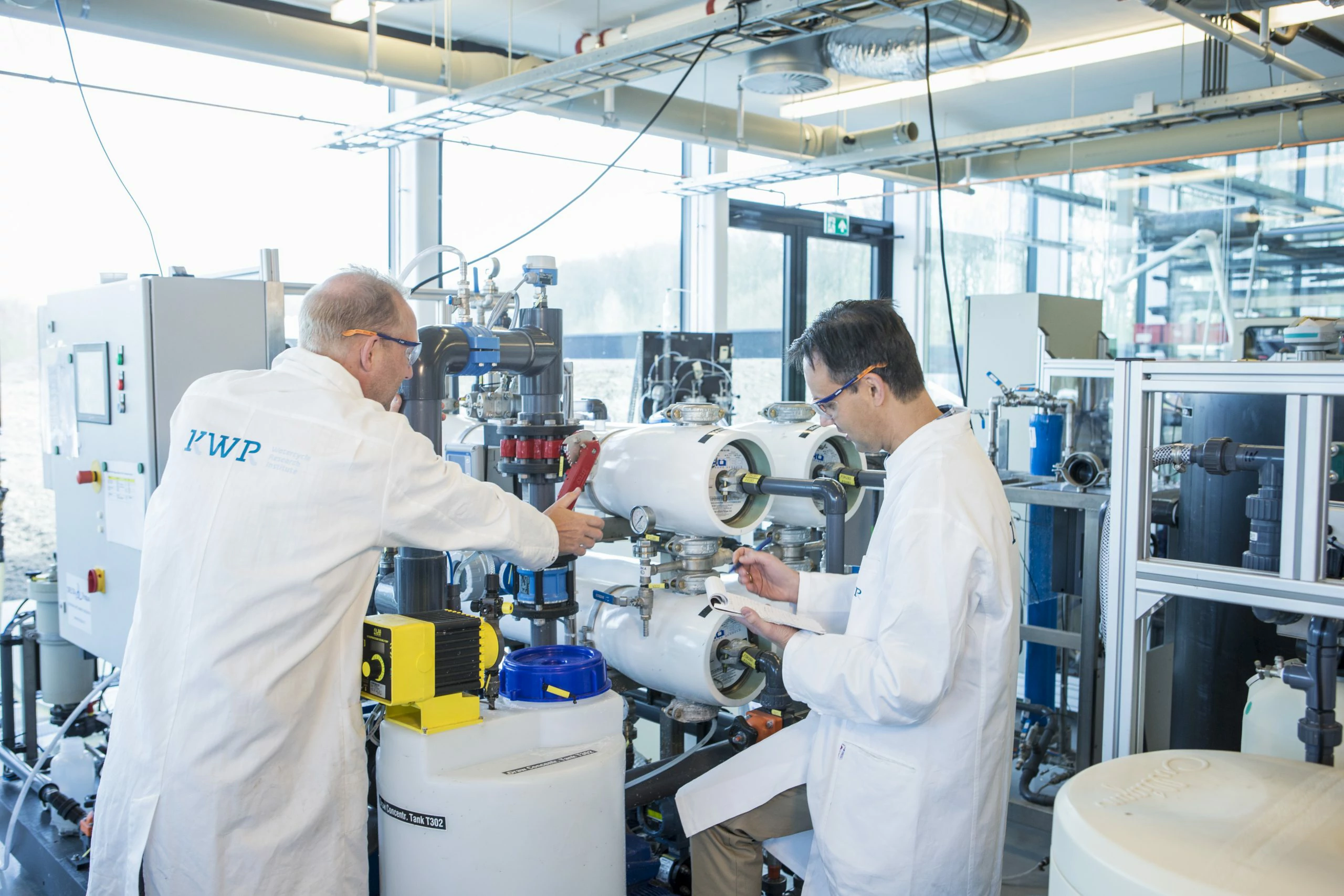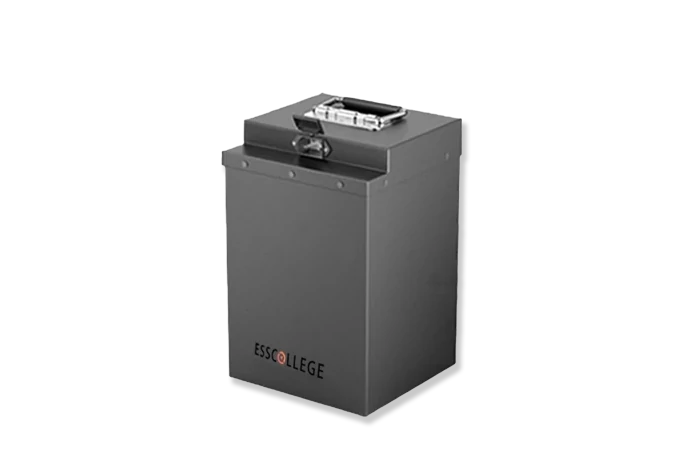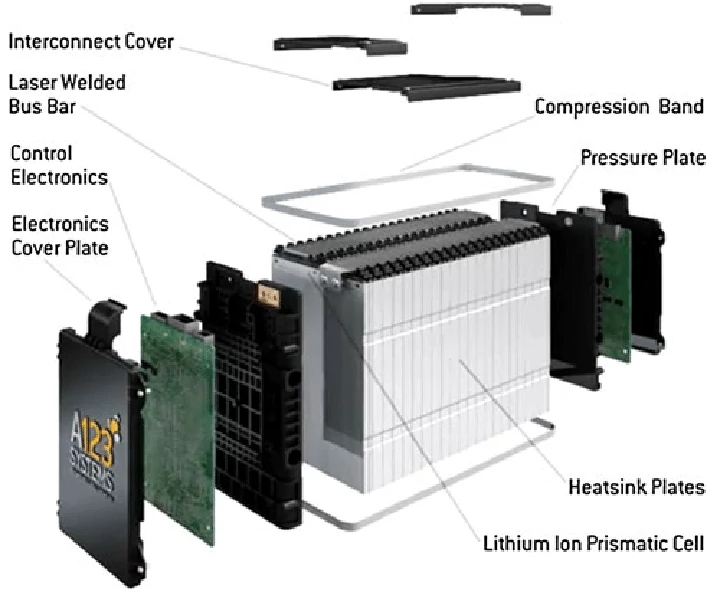Product testing Product testing is a key link to ensure...
Battery safety test
The safety test of the battery is to ensure that the battery will not be dangerous during use, such as fire, explosion or leakage. Battery safety is critical for a variety of application scenarios, especially in high-power applications and energy storage systems. The following are common battery safety test items, each designed to simulate extreme conditions to ensure that the battery can operate safely under those conditions.
Battery safety test

The battery safety test simulates the working state of the battery in extreme environments to ensure that the battery can remain safe in abnormal use or accidents to avoid serious consequences such as fire and explosion. Safety tests such as short circuit, overcharge, overdischarge, extrusion, needling and hot box testing are important means to assess the adequacy of battery design, materials, protection mechanisms and thermal management systems, especially in electric vehicles, energy storage systems and high-power equipment applications, ensuring battery safety is critical.
Test content
The safety of the battery in the case of short circuit is tested by directly shorting the positive and negative electrodes of the battery. The short circuit test verifies the thermal management capabilities of the battery and the internal protection mechanism to ensure that the battery does not overheat, fire or explode due to a short circuit.
The overdischarge test checks the safety of the battery during overdischarge by discharging the battery to a state below the safe operating voltage. The test assesses whether the battery remains stable at low voltages and prevents damage, expansion, or fire caused by excessive discharge.
The squeeze test evaluates the safety of the battery when physically squeezed by simulating the action of external pressure. This test verifies that the battery will not leak, fire or explode due to external compression, ensuring that the battery remains safe under external impact.
The needling test evaluates the safety of the battery under needling conditions by using a sharp object to Pierce the battery. This test ensures that the battery will not short-circuit, fire, or explode when exposed to an external puncture, verifying the safety of the battery materials and construction.
Hot box testing exposes the battery to high temperatures to assess the stability of the battery at excessively high temperatures. This test validates the battery's thermal management system, ensuring that the battery does not overheat, expand, or fire under high temperature conditions.

low-speed car batteries
Low-speed vehicle battery is a kind of battery designed for low-speed electric vehicles, which has the characteristics of clean, environmental protection, high efficiency and economy, and is widely used in electric golf carts, low-speed electric vehicles (LSV), mobile vendors, campus transportation, cargo trucks and so on
Extended reading
Product packaging and delivery
Product packaging and delivery The packaging and delivery of battery...
Product information expansion
Product information expansion Understanding low-speed vehicle battery product information is...
Product composition
Low-speed lithium battery product composition Understanding the product composition of...
THE ESSC Brand promise
Global supply
Our products sell well all over the world, covering many countries and regions, through the global logistics network, to provide customers with convenient purchasing experience.
Rigorous quality
We adhere to the highest quality control standards to ensure every product meets industry regulations and customer expectations, earning trust through consistent excellence.
Excellent service
With a customer-centric approach, we provide prompt responses, professional support, and personalized services, aiming to deliver the best user experience and long-term value.





